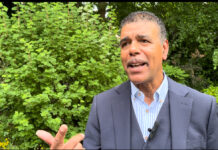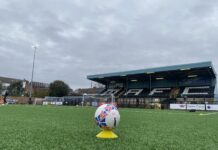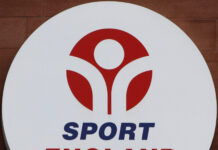The year is 2008. The late-summer sun beams over Leicestershire, roasting the ground below. In the distance, the hum of V12 engines whirring into life emasculates the air.
Donington Park is playing host to a quite unique spectacle. The inaugural Superleague Formula season is ready to burst into life, the first motorsport division in which teams were to be sponsored by association football teams.
One of those teams is Liverpool FC. Their car, emblazoned with the famous Liver Bird and eternal flame crest, was a symbol of Liverpool’s intent to expand their marketing beyond the beautiful game.

Performance
Competing with other sides across Europe, such as Tottenham Hotspur, Borussia Dortmund and AC Milan to name but a few, the competition presented a unique opportunity to break into an industry which could be very financially rewarding.
Their Superleague Formula team, much like their football-playing counterparts, was a successful one. Despite an average start in their maiden season, finishing fourth in the Championship’s Standings, the Reds rallied to be victorious in 2009.
The title-winning season was not as flamboyant as one would imagine, with the Reds only claiming victory in one race. This win was the season opener at Magny-Cours in France, meaning that the team would simply cruise to midfield results for the rest of the year. Regardless of this, inconsistent results from opposition teams meant that Spanish driver, Adrian Valles, would eventually lift the championship trophy.

Finances
Only competing for three of the competition’s four seasons, it is likely that this expedition did not prove as profitable for Liverpool’s then Chief Executive, Ian Ayre, as was once hoped.
Despite Mr. Ayre’s claims that it would not cost the club any money to have their branding on this team, that being subsidised by the competition organisers, it was still not beneficial enough to invest their long term future.
In 2011, the organisers increased prize-money in order to make the tournament a more attractive and competitive proposition. This, however, was not enough to convince Liverpool and most others to stay. This season saw only four of the football branded cars remain, not including the Merseyside team.
Liverpool understood that there was a hunger from their expansive fan base for race wins, which perhaps led to their decision to pull out from the competition. When they initially signed up for the tournament, Ian Ayre said: “We’re taking it very seriously, but unfortunately the on-track performance is largely in the hands of the driver and the team. We’ve got a professional race team and we’ve got a great driver, so we’re very excited and are expecting results.”
This would prove the end of Liverpool’s short-lived romance with motorsport. A similar escapade is yet to come to fruition, and with Liverpool’s current worldwide dominance, it is unlikely they would need to invest in this kind of exercise again.
Feature image by Richard Crawford














